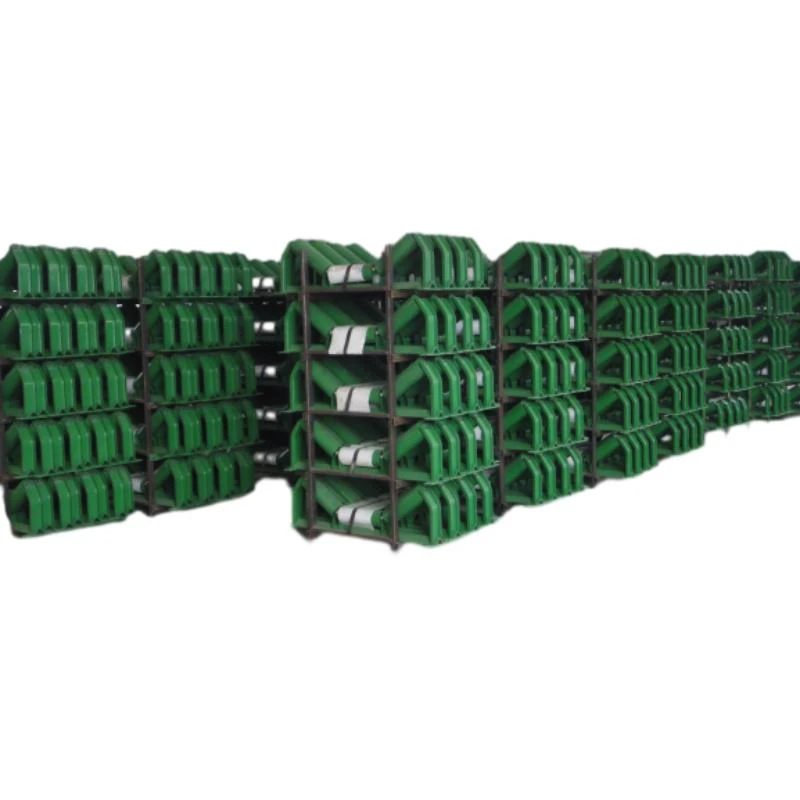 Afrikaans
Afrikaans  Albanian
Albanian  Amharic
Amharic  Arabic
Arabic  Armenian
Armenian  Azerbaijani
Azerbaijani  Basque
Basque  Belarusian
Belarusian  Bengali
Bengali  Bosnian
Bosnian  Bulgarian
Bulgarian  Catalan
Catalan  Cebuano
Cebuano  Corsican
Corsican  Croatian
Croatian  Czech
Czech  Danish
Danish  Dutch
Dutch  English
English  Esperanto
Esperanto  Estonian
Estonian  Finnish
Finnish  French
French  Frisian
Frisian  Galician
Galician  Georgian
Georgian  German
German  Greek
Greek  Gujarati
Gujarati  Haitian Creole
Haitian Creole  hausa
hausa  hawaiian
hawaiian  Hebrew
Hebrew  Hindi
Hindi  Miao
Miao  Hungarian
Hungarian  Icelandic
Icelandic  igbo
igbo  Indonesian
Indonesian  irish
irish  Italian
Italian  Japanese
Japanese  Javanese
Javanese  Kannada
Kannada  kazakh
kazakh  Khmer
Khmer  Rwandese
Rwandese  Korean
Korean  Kurdish
Kurdish  Kyrgyz
Kyrgyz  Lao
Lao  Latin
Latin  Latvian
Latvian  Lithuanian
Lithuanian  Luxembourgish
Luxembourgish  Macedonian
Macedonian  Malgashi
Malgashi  Malay
Malay  Malayalam
Malayalam  Maltese
Maltese  Maori
Maori  Marathi
Marathi  Mongolian
Mongolian  Myanmar
Myanmar  Nepali
Nepali  Norwegian
Norwegian  Norwegian
Norwegian  Occitan
Occitan  Pashto
Pashto  Persian
Persian  Polish
Polish  Portuguese
Portuguese  Punjabi
Punjabi  Romanian
Romanian  Russian
Russian  Samoan
Samoan  Scottish Gaelic
Scottish Gaelic  Serbian
Serbian  Sesotho
Sesotho  Shona
Shona  Sindhi
Sindhi  Sinhala
Sinhala  Slovak
Slovak  Slovenian
Slovenian  Somali
Somali  Spanish
Spanish  Sundanese
Sundanese  Swahili
Swahili  Swedish
Swedish  Tagalog
Tagalog  Tajik
Tajik  Tamil
Tamil  Tatar
Tatar  Telugu
Telugu  Thai
Thai  Turkish
Turkish  Turkmen
Turkmen  Ukrainian
Ukrainian  Urdu
Urdu  Uighur
Uighur  Uzbek
Uzbek  Vietnamese
Vietnamese  Welsh
Welsh  Bantu
Bantu  Yiddish
Yiddish  Yoruba
Yoruba  Zulu
Zulu conveyor bend pulley
The Importance of Conveyor Bend Pulleys in Material Handling Systems
In modern industries, efficiency and reliability in material handling are essential components that contribute to productivity and cost-effectiveness. One of the critical components in conveyor systems is the bend pulley, which plays a vital role in ensuring the smooth operation of conveyor belts. This article explores the significance of conveyor bend pulleys, their functions, and their impact on overall operational efficiency.
Understanding Conveyor Bend Pulleys
Conveyor bend pulleys are specially designed rollers that redirect the conveyor belt at angles, ensuring a continuous flow of materials from one point to another. These pulleys are typically installed in areas where the conveyor system needs to change direction, such as in loading and unloading zones, or when the system navigates around obstacles. By facilitating these directional changes, bend pulleys contribute to the flexibility of conveyor layouts.
Functions of Bend Pulleys
1. Belt Support and Maintenance of Tension One of the primary functions of a bend pulley is to support and maintain the tension of the conveyor belt. By providing a point of contact to guide the belt around curves, they prevent sagging and ensure proper alignment, which is crucial for smooth operation.
2. Reducing Wear and Tear The design of bend pulleys helps to minimize the wear and tear on conveyor belts. By allowing for gradual directional changes rather than sharp bends, they reduce the strain on the belt material, extending its lifespan and reducing replacement costs.
conveyor bend pulley

3. Improving Efficiency With well-placed bend pulleys, conveyor systems can operate at higher efficiency levels. When pulleys are correctly aligned and functioning properly, they enable uninterrupted material flow, which increases throughput and decreases downtime.
4. Facilitating Complex Configurations In industrial environments where space is limited, bend pulleys allow for more complex conveyor designs. They enable the creation of multi-directional systems that can navigate through tight spaces while maintaining effective material handling capabilities.
Types of Bend Pulleys
Conveyor bend pulleys come in various forms, including standard, heavy-duty, and custom designs, tailored to specific industrial applications. The choice of pulley depends on factors such as the weight of the materials being transported, the angle of curvature, and the overall design of the conveyor system.
Conclusion
In conclusion, conveyor bend pulleys are a crucial component of material handling systems, providing essential support and functionality that enhance operational efficiency. By enabling smooth directional changes, maintaining belt tension, and reducing wear, these pulleys play a pivotal role in the performance and longevity of conveyor systems. As industries continue to evolve and adapt to new challenges, the importance of reliable and efficient conveyor components, such as bend pulleys, cannot be overstated. Investing in high-quality bend pulleys is not just a maintenance expense; it is a strategic decision that can lead to significant improvements in productivity and operational success.
-
Revolutionizing Conveyor Reliability with Advanced Rubber Lagging PulleysNewsJul.22,2025
-
Powering Precision and Durability with Expert Manufacturers of Conveyor ComponentsNewsJul.22,2025
-
Optimizing Conveyor Systems with Advanced Conveyor AccessoriesNewsJul.22,2025
-
Maximize Conveyor Efficiency with Quality Conveyor Idler PulleysNewsJul.22,2025
-
Future-Proof Your Conveyor System with High-Performance Polyurethane RollerNewsJul.22,2025
-
Driving Efficiency Forward with Quality Idlers and RollersNewsJul.22,2025





























